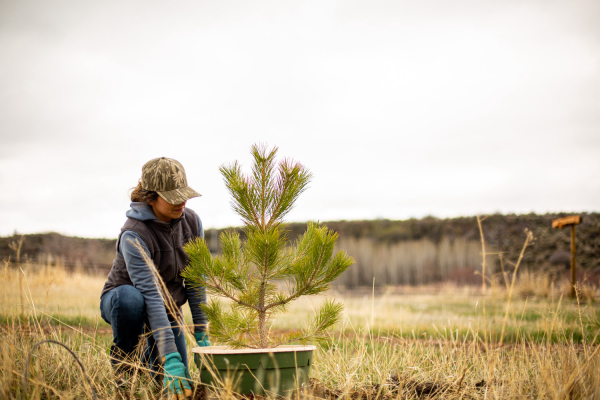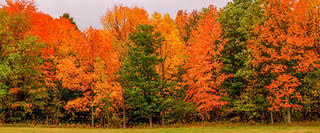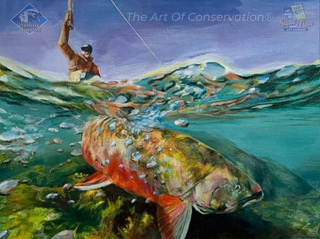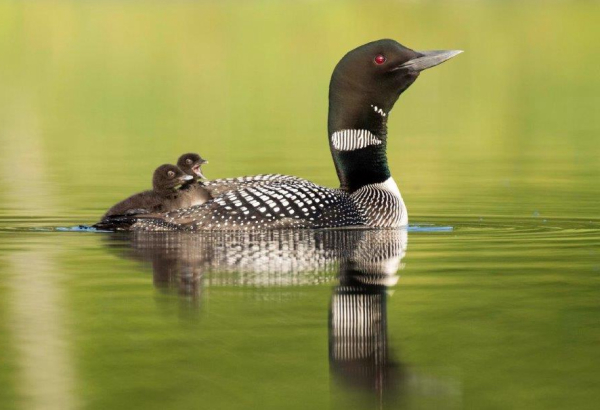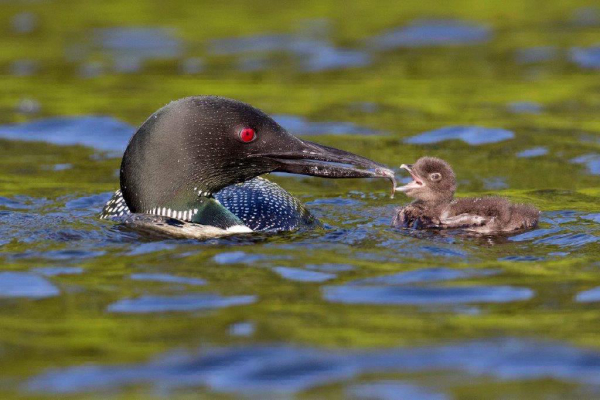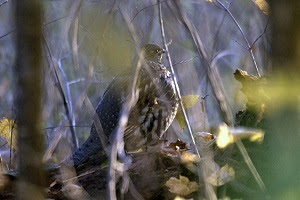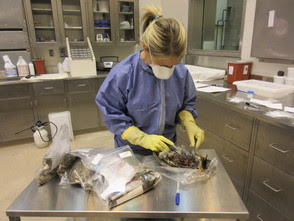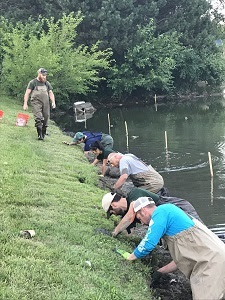Michigan DNR receives global award for investigation of illegal toxic chemical dumping by Flint company
The Michigan Department of Natural Resources was honored Monday for an environmental investigation led by conservation officers in the DNR Law Enforcement Division revealing that Flint-based Oil Chem illegally disposed of more than 47 million gallons of environmentally harmful liquid in the City of Flint’s sewer system over an eight-year period.
DNR Law Enforcement Division Chief Gary Hagler, together with Lt. Vence Woods, accepted the 2021 Chief David Cameron Leadership in Environmental Crimes Award at the International Association of Chiefs of Police annual conference, held virtually this year.
“It is fantastic to see the DNR’s Law Enforcement Division and Environmental Investigations Section recognized with this prestigious IACP award,” said Hagler.
The DNR’s environmental investigation detectives are funded by, and conduct criminal investigations for, the Michigan Department of Environment, Great Lakes, and Energy.
“Our partnership with EGLE is mutually beneficial and very productive for the residents of our state,” Hagler said. “This is an honor that law enforcement agencies around the world compete for.” Read more

